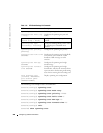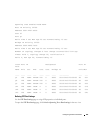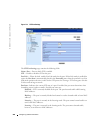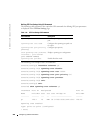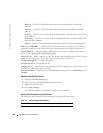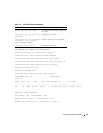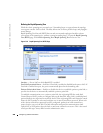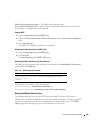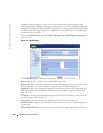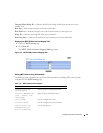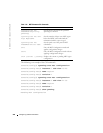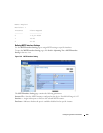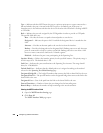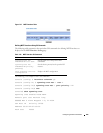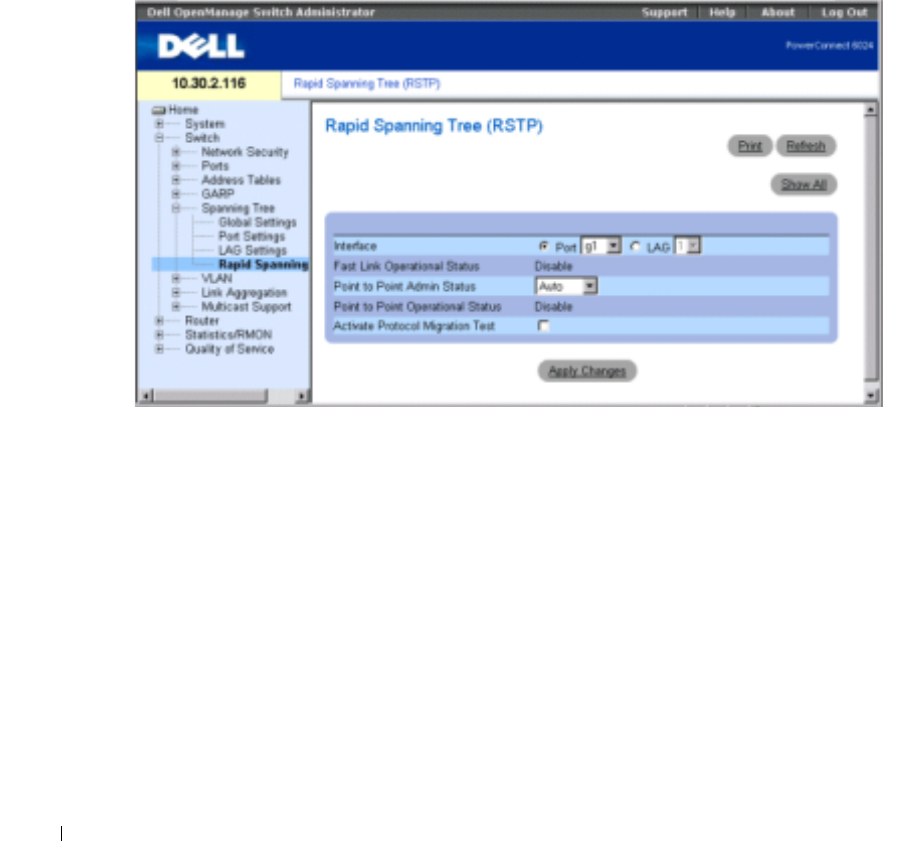
288 Configuring Switch Information
www.dell.com | support.dell.com
Defining the Rapid Spanning Tree
While the classic spanning tree prevents Layer 2 forwarding loops on a general network topology,
convergence can take 30-60 seconds. The delay allows time to detect possible loops, and propagate
status changes.
Rapid Spanning Tree Protocol (RSTP) detects and uses network topologies that allow a faster
convergence of the spanning tree, without creating forwarding loops. To open the
Rapid Spanning
Tree (RSTP)
page, click
Switch
→
Spanning Tree
→
Rapid Spanning Tree
in the tree view.
Figure 7-23. Rapid Spanning Tree (RSTP) Page
Interface
— Port or LAG on which Rapid STP is enabled.
Fast Link Operational Status
— Indicates if Fast Link is enabled or disabled for the port or LAG. If
Fast Link is enabled for a port, the port is automatically placed in the forwarding state.
Point-to-Point Admin Status
— Enables or disables the device to establish a point-to-point link, or
specifies for the device to automatically establish a point-to-point link.
To establish communications over a point-to-point link, the originating PPP first sends Link
Control Protocol (LCP) packets to configure and test the data link. After a link is established and
optional facilities are negotiated as needed by the LCP, the originating PPP sends
Network Control
Protocols (NCP) packets to select and configure one or more network layer protocols. When each
of the chosen network layer protocols has been configured, packets from each network layer
protocol can be sent over the link. The link will remain configured for communications until
explicit LCP or NCP packets close the link, or until some external event occurs. This is the actual
switch port link type. It may differ from the administrative state.



